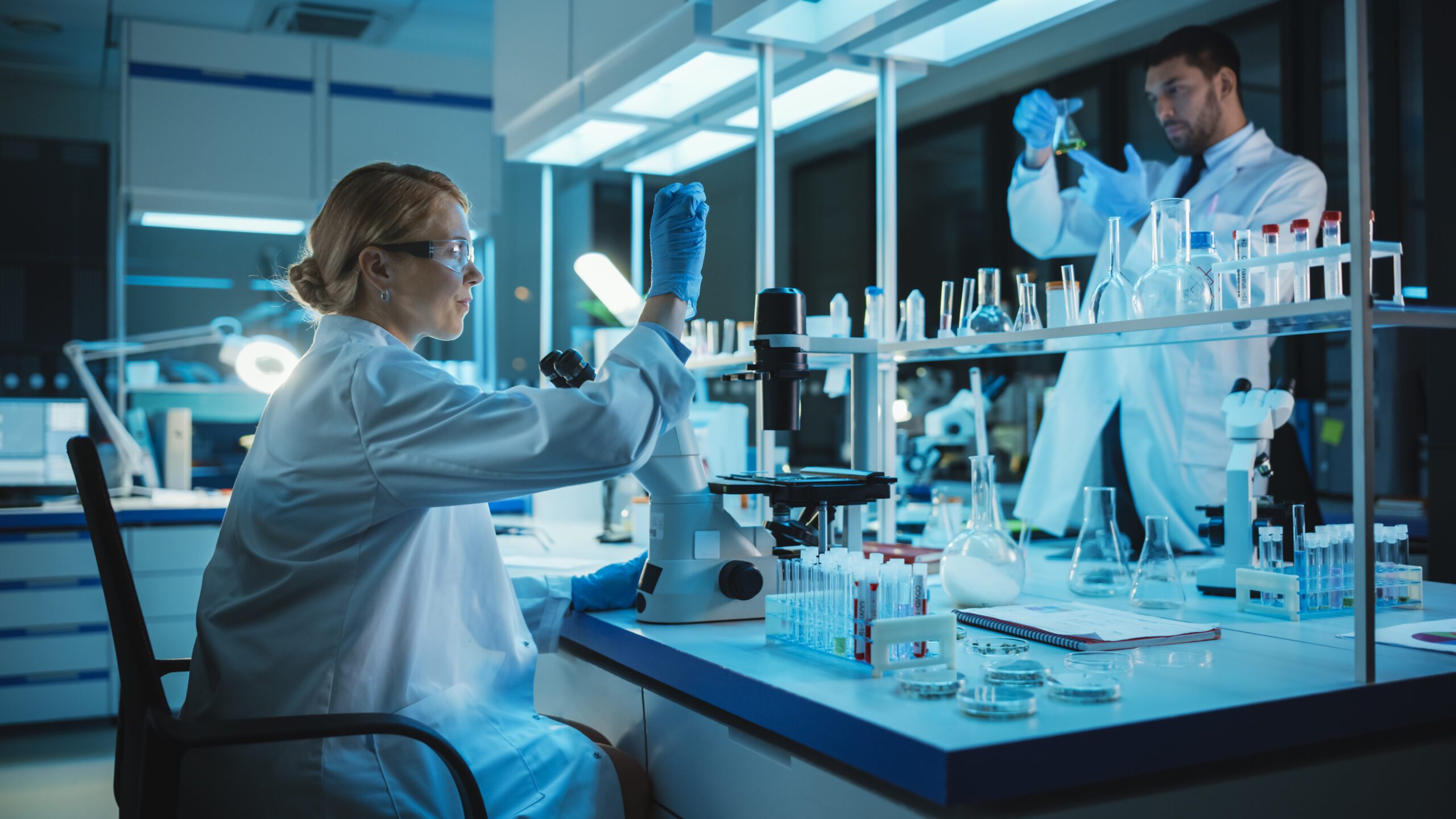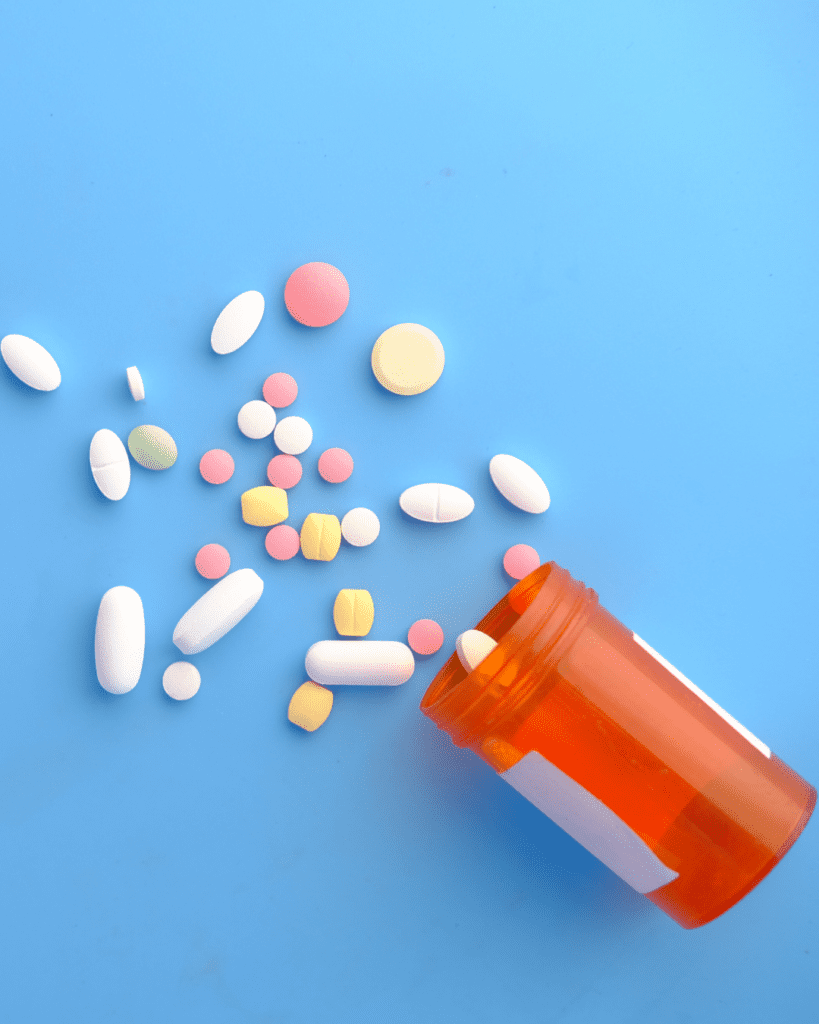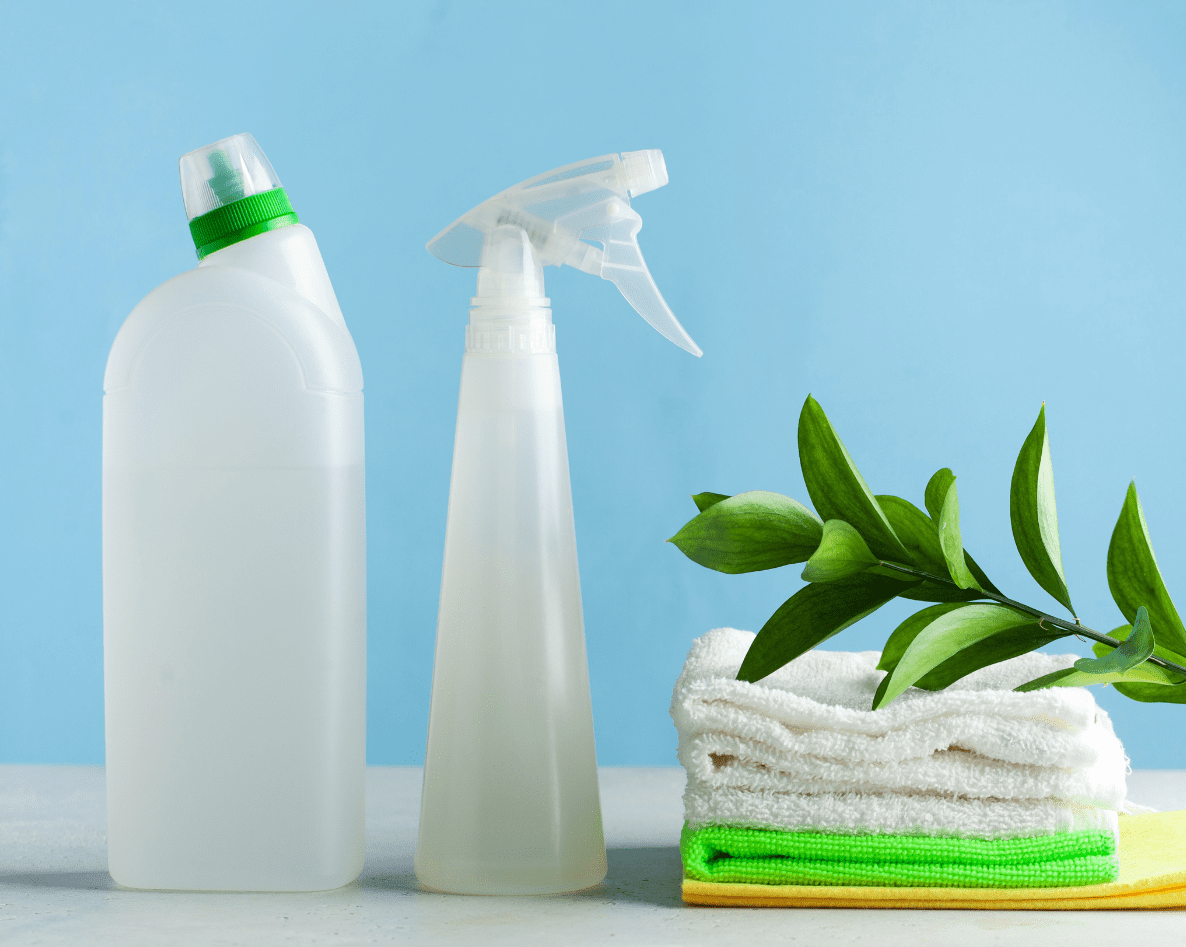Understanding the Types of Cleaning in Pharma | A How to Guide

Pharma, or the pharmaceutical industry, is a vital part of modern life. It creates medicines & products that safeguard health & improve well-being. Because of this, understanding the different types of cleaning in pharma is essential for maintaining safety & quality.
Pharmaceutical manufacturing plays a key role in the ongoing fight against disease. Effective cleaning processes ensure the efficacy, safety & quality of all products made.
The right cleaning procedure also supports the well-being of the teams working in these environments. From research labs to production floors, every area must meet strict cleaning & maintenance standards.
This article takes a closer look at how cleaning happens in the pharmaceutical world, outlining common methods & challenges faced when maintaining high standards.
The Types of Cleaning in Pharma
Cleanliness is a non-negotiable in the pharmaceutical industry. It’s key to ensuring that medicines, devices & other products are safe, effective & contamination-free. Various cleaning methods are used depending on the situation—each designed to uphold the highest standards.
Here are the three main methods:
Manual Cleaning Process
Manual cleaning involves physically removing dirt, residue & contaminants—typically handled by trained personnel. This method is often used in scenarios such as:
- Cleaning complex equipment
- Handling reactive or hazardous chemicals
- Switching between product formulas
- Cleaning tools used in biological research
Because precision matters, many companies choose to bring in third-party experts to ensure a deep clean.
Clean-In-Place (CIP)
CIP is an automated method using sprayers & cleaning agents to sanitize interior surfaces of pipes, tanks & equipment—without disassembly. It’s efficient, consistent & ideal for operations needing frequent, repeatable cleaning.
Benefits include:
- Reduced downtime
- Increased productivity
- Consistent cleaning results
- Minimized use of water & chemicals
Using CIP requires specific systems & equipment, plus expertise in cleaning solution compatibility.
Clean-Out-of-Place (COP)
COP is used when equipment must be disassembled to clean. This applies to machinery with parts that cannot be reached in place.
Common COP uses include:
- Detailed cleaning of hard-to-reach components
- Scheduled maintenance
- Preventive sanitation procedures
Due to its complexity, COP calls for deep knowledge of equipment design & cleaning standards—often best handled by specialized service providers.

Types of Cleaning Validation & Verification in Pharma
Strict regulations & rigorous quality standards govern pharma operations. Cleaning validation & verification are essential for compliance.
Validation cross-checks for contamination & confirm effectiveness of the cleaning process. Verfication methods inclucde swab tests & rinse tests.
A robust validation system supports compliance with FDA regulations & Good Manufacturing Practice (GMP), which require detailed documentation of every cleaning action from start to finish. Failure to meet these standards can result in recalls, fines & reputational harm.
Types of Cleaning Agents & Solvents in Pharma
A strong cleaning plan includes the right tools and the right substances. To select a cleaning agent, a plan accounts for the specific task along with the surface type & contaminants involved.
Common examples include:
- Isopropyl alcohol – Excellent for grease removal & disinfection
- Hydrogen peroxide – Effective against microorganisms in sterile environments
- Sodium hypochlorite (bleach) – Strong decontaminant
- Quaternary Ammonium Compounds (Quats) – Ideal for cleanroom surfaces
- Acetone – Breaks down insoluble residues
- Ethanol – Reliable surface disinfectant
- Citric acid – Removes mineral build-up from stainless steel
- Sodium bicarbonate – Gentle option for delicate equipment
- Hydrochloric acid – Cuts through hard mineral deposits
- Purified water – Final rinse to remove all cleaning agents
These chemicals must be selected & used with care to protect people, equipment & the environment.
Types of Cleaning Equipment & Technology in Pharma
Modern pharma environments demand advanced equipment for consistent, safe cleaning. Depending on the facility, common tools may include:
- Ultrasonic cleaners – Use sound waves to clean complex machinery without damage
- Pressure washers – Remove grime from robust surfaces
- Automated systems & robotics – Deliver precise, hands-free sanitation in cleanrooms
As tech evolves, new systems using AI & automation are rapidly advancing pharmaceutical cleaning standards.
However, these tools require proper implementation, calibration & skilled operation—calling for expert-level support.
Types of Challenges & Best Practices in Pharmaceutical Cleaning
With complex procedures & stringent rules, pharmaceutical cleaning comes with significant challenges:
- Contamination: Even microscopic particles can ruin batches
- Cross-contamination: Transferring contaminants between products must be avoided at all costs
- Residue detection: Hard-to-see remnants must still be removed
Best practices include:
- Validate All Cleaning Procedures Make sure every method used is verified for effectiveness & compliance.
- Develop Clear SOPs Standard Operating Procedures ensure consistency & accountability.
- Conduct Risk Assessments Identifying risks early keeps problems from spreading.
- Use the Right Cleaning Agents Match solutions to equipment & contamination types.
- Engage Qualified Experts When precision is vital, rely on trusted partners with deep experience in pharmaceutical settings.
The Bottom Line on Pharma Cleaning
In the pharmaceutical world, cleanliness isn’t a suggestion—it’s critical. Contamination risks products, safety & reputation. Clean processes protect people, maintain regulatory compliance & support operational success.
When it comes to pharma cleaning, partner with professionals who understand the stakes. Look for specialized experience, regulatory fluency & a commitment to quality that matches the needs of the pharmaceutical environment.
Get in touch today + follow on Linked in for the latest!

